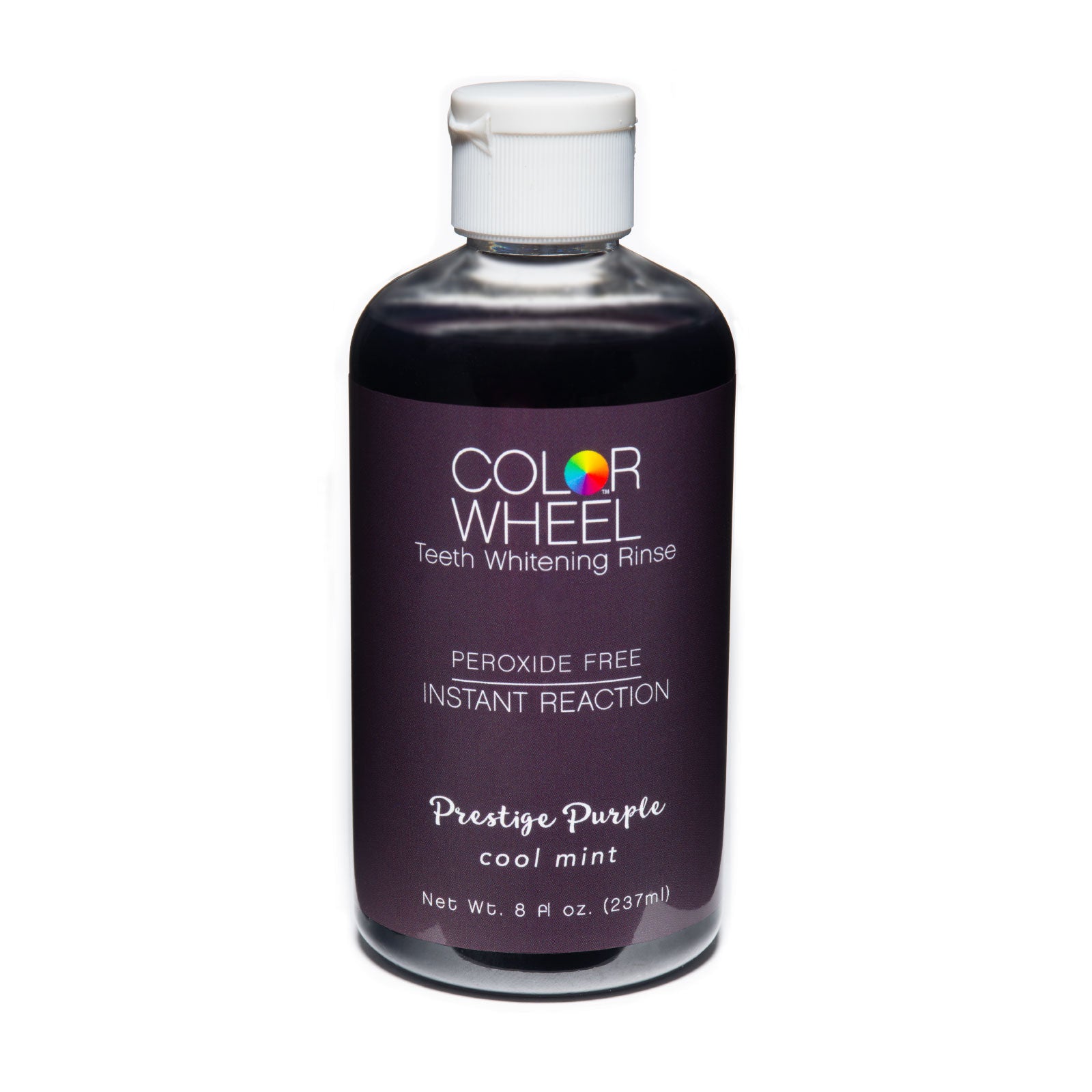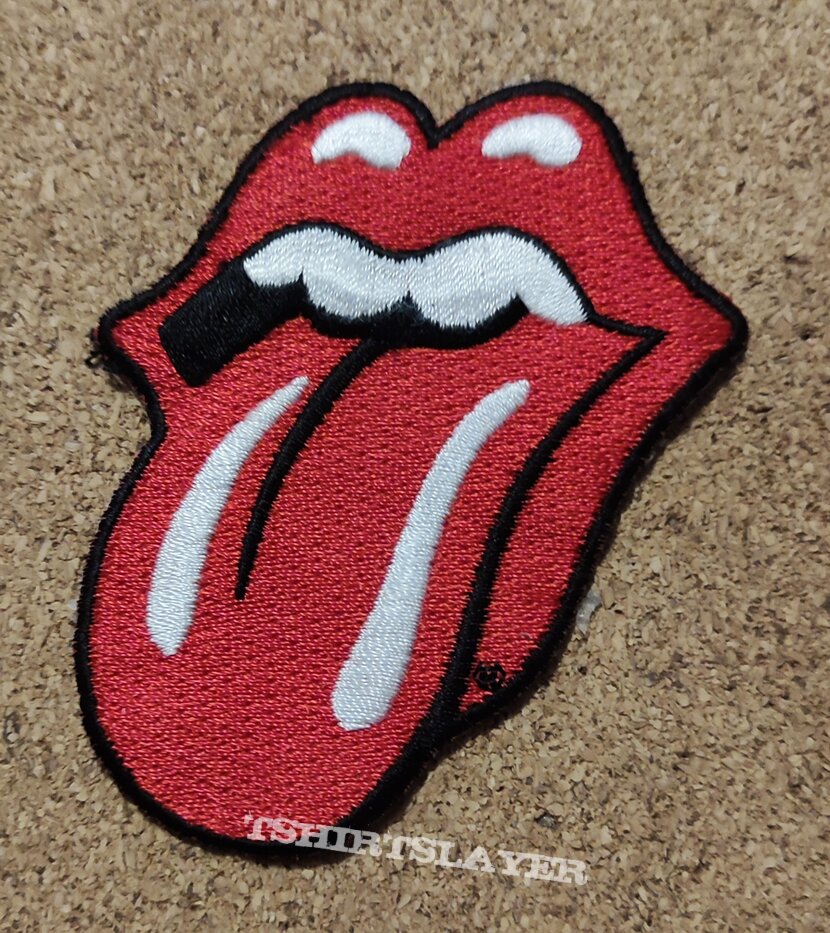Teeth Whitening Rinse

The quest for a brighter, more radiant smile has led many to explore various teeth whitening options, and among these, teeth whitening rinses have emerged as a popular choice. These rinses are designed to not only freshen breath and reduce plaque and gum inflammation but also to help whiten teeth over time. But how effective are they, and what should you consider before adding a teeth whitening rinse to your oral hygiene routine?
Understanding Teeth Whitening Rinses
Teeth whitening rinses are similar to mouthwashes but contain ingredients specifically aimed at whitening teeth. The most common active ingredients in these rinses are hydrogen peroxide or carbamide peroxide, which are also found in many at-home teeth whitening kits. These ingredients work by penetrating the tooth enamel and breaking down stains. The effectiveness of a teeth whitening rinse can depend on several factors, including the concentration of the active ingredients, how long the rinse is used, and the individual’s teeth and oral health.
Benefits of Using a Teeth Whitening Rinse
- Convenience: Teeth whitening rinses are easy to use. Simply swish the rinse around your mouth for the recommended time, usually 30 seconds to a minute, before spitting it out.
- Additional Oral Health Benefits: Besides whitening, these rinses can also help kill bacteria, reduce plaque, and prevent gum disease, making them a valuable addition to your daily oral care routine.
- Gradual Results: While not as immediate as professional whitening treatments, regular use of a teeth whitening rinse can lead to noticeable improvements in tooth color over several weeks.
Considerations Before Use
- Sensitivity: Some people may experience tooth sensitivity due to the peroxide. Starting with a lower concentration and gradually increasing as your teeth become more tolerant can help.
- Effectiveness: Results can vary widely among individuals. It’s essential to have realistic expectations and understand that more severe stains might require professional dental treatment.
- Interactions with Other Dental Work: If you have dental work such as crowns, bridges, or dentures, it’s crucial to consult with your dentist before using any whitening products, as they may not whiten evenly or at all.
Choosing the Right Teeth Whitening Rinse
With numerous options available, selecting the right teeth whitening rinse can be overwhelming. Here are a few tips to guide your choice:
- Active Ingredients: Look for a rinse with a suitable concentration of hydrogen peroxide or carbamide peroxide. A concentration of around 2% hydrogen peroxide is often recommended for home use.
- ADA Seal of Acceptance: Products with the American Dental Association (ADA) Seal of Acceptance have been evaluated for safety and effectiveness.
- Reviews and Recommendations: Check reviews from other users and ask for recommendations from your dentist to find a rinse that has worked well for others.
Incorporating Teeth Whitening Rinses into Your Oral Care Routine
To make the most out of a teeth whitening rinse, it’s essential to use it consistently and as part of a comprehensive oral hygiene routine. Here’s how you can incorporate it:
- Brush and Floss: Continue to brush your teeth at least twice a day and floss once a day to remove plaque and food particles.
- Use the Rinse: After brushing and flossing, use the teeth whitening rinse as directed.
- Regular Dental Check-Ups: Maintain regular dental check-ups to monitor the health of your teeth and gums and to address any concerns about your whitening treatment.
Conclusion
Teeth whitening rinses offer a convenient and relatively inexpensive way to whiten teeth and improve oral health. While they may not provide the immediate, dramatic results of professional whitening treatments, consistent use can lead to noticeable improvements. As with any oral care product, it’s crucial to follow instructions carefully, be aware of potential sensitivity, and maintain good oral hygiene practices. For those looking to enhance their smile without the commitment of more intensive treatments, a teeth whitening rinse could be a worthwhile consideration.
How often should I use a teeth whitening rinse?
+It's generally recommended to use a teeth whitening rinse once or twice a day, depending on the product's instructions and your dentist's advice. Consistency is key to seeing optimal results.
Can I use a teeth whitening rinse if I have dental work?
+If you have crowns, bridges, dentures, or other dental work, it's best to consult with your dentist before using any teeth whitening products. These products may not affect dental work the same way they do natural teeth, and your dentist can provide personalized advice based on your specific situation.
How long does it take to see results from using a teeth whitening rinse?
+Results from using a teeth whitening rinse can vary, but you might start to notice improvements in your teeth color within a few weeks of regular use. For some, it may take longer, and the extent of whitening can depend on the product's concentration, your oral care habits, and the initial condition of your teeth.
In conclusion, teeth whitening rinses can be a valuable addition to your oral care routine, offering not just the potential for whiter teeth but also improved oral health. By understanding how these rinses work, their benefits, and how to choose the right product, you can make an informed decision that suits your needs and helps you achieve the smile you desire.

